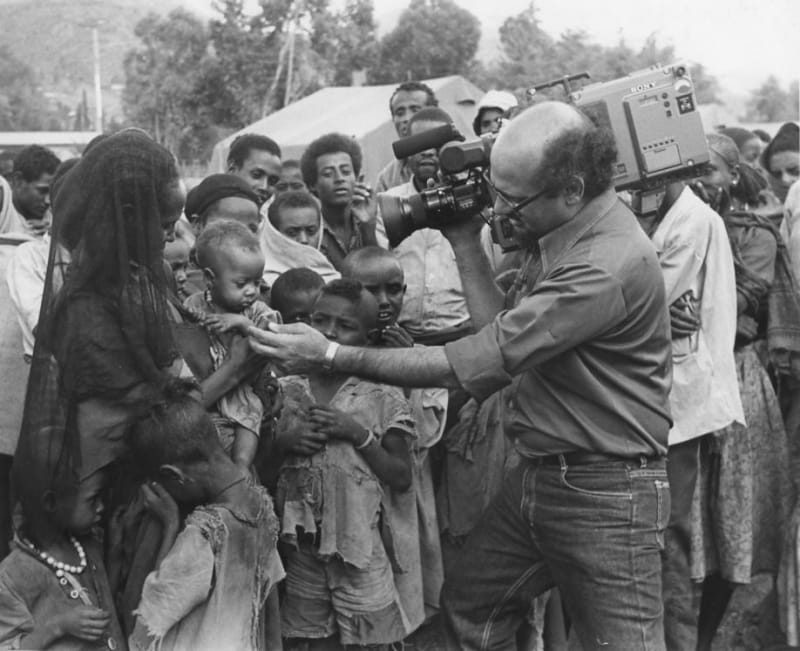‘So it is vital to preserve this and make it available for future generations to see Africa through his lens, understand the personalities that brought independence to the Continent, see the many mistakes we have made, and celebrate the incredible achievements.’
You are the son of Mohamed Amin, a photojournalist and video maker who documented Africa’s turmoils during the 20th century. He was always on the first front of events, and he inspired collective global conscience, documenting Ethiopian famine, for example. What do you think is the heritage your father gave to the rest of the world?
Salem Amin (SA): My father’s legacy and contribution to the world was his passion for making sure the African story was told by Africans. As you said, he documented some of the biggest moments in African history in the 20th century, many times exclusively, and this helped not just an understanding of the Continent, but also sparked the single largest act of charity in our history and changed the way aid organizations worked in Africa.
Like a living lithograph of a Biblical famine, hundreds of starving huddle in the open in the chill mist and smoke of early morning at Korem, Ethiopia 1984.
You made a documentary on your father’s life in 2006, “Mo and Me,” where you have recomposed your father’s history passing by his colleagues’ witnesses and your perspective on him. How did you feel talking about his career through others, and how important has it been for you?
SA: Making “MO & ME” was a very cathartic experience for me. I didn’t really know my father or spend much time with him, while he was alive, and never really understood the impact his work had on the world, so making the documentary allowed me to get closer to him, to understand him, and appreciate him more, and to put aside some of the neglect that I felt while he was alive.
Mohamed Amin and the scooter with which he launched his photographic career when he was a 13-year-old schoolboy and won accreditation as a Press Photographer covering the grueling East African Safari Rally
As we mentioned behind, Mohamed Amin was particularly touched by what he saw in Ethiopia during the famine of the ’80. Can you tell us something about what he did as a journalist and as a man?
SA: The Ethiopian famine changed him both as a journalist and as a man. He had covered many stories dealing with tragedy before this famine – civil wars, genocides, other famines, executions – but none of those stories touched him like the Ethiopian famine. He usually finished with the story and moved on to the next story, but he was unable to move on with Ethiopia. It became a personal crusade for him to keep Ethiopia in the headlines, so he made sure he went back again and again, did half a dozen documentaries as well as a follow up to the famine, and made sure the story didn’t leave people’s minds.
As a man, he also changed. He was a tough and ruthless operator in the field and always wanted the exclusive and the “scoop.” Still, after Ethiopia, he became more empathetic and went out of his way to help young journalists, especially those from the Continent.
Emperor Haile Selassie of Ethiopia attempted to modernize the country through a series of political and social reforms, including the introduction of the Ethiopian first written constitution and the abolition of slavery.
Your father started to take pictures during African political transitions of independence. How important do you think images are to understand that historical period?
SA: I believe the images are of huge historical significance when telling the story of the transition to independence for many African countries. As I said before, the story of Africa’s struggle for independence has been told from the colonialists’ point of view. My father’s pictures give an African perspective to the transitions and a narrative that is African.
President General Charles de Gaulle of France with Emperor Haile Selassie of Ethiopia are photographed as they travel together in a Horse Draw Carriage in Addis Ababa
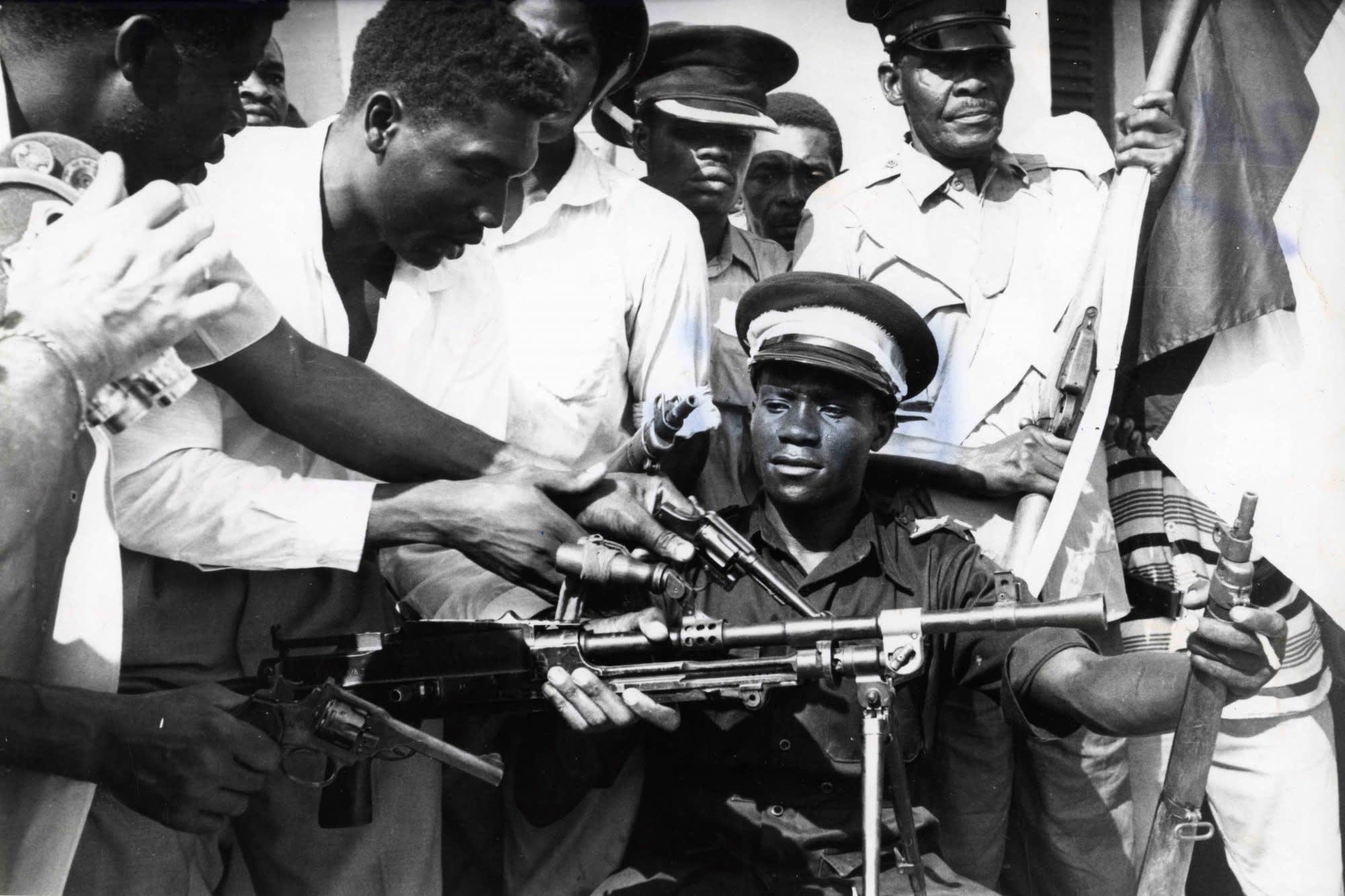
Self-styled Field Marshal John Okello, poses with some of his 600-strong peasant army while the island runs red with the blood of between 12,000 and 13,000 victims
What is the significance you give to the word “decolonisation” looking at your father’s pictures?
SA: His photos showed the Continent’s hope, opportunity, and bright future under some incredible leaders; however, the Continent has failed to live up to this early potential. The effects of colonialism still linger in the governance systems, the distribution of power that many colonialists left behind with only a few tribes, the marginalization of many people on the Continent. We are also experiencing new economic colonization under superpowers like China, claiming large parts of the Continent.
Looking back at his images, one can see great hope and, perhaps if these images were to be widely seen again, it would bring back a sense of self-pride amongst Africans and allow us to take more control of our destiny.
One of the first pictures taken by Kenya’s renowned photojournalist Mohamed Amin while still in school.
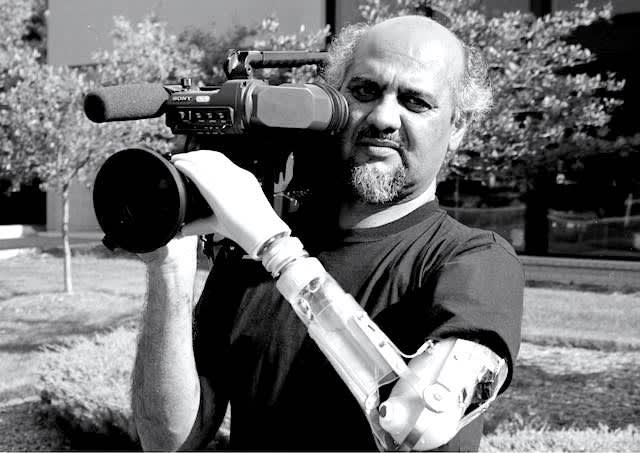
Just three months after his left arm was amputated, Kenya’s renowned photojournalist Mohamed Amin was back at work with a bionic version and a specially adapted camera. Colleagues were astounded at his amazing recovery.
When the dictator of Uganda, Idi Amin Dada, came to power in ’71, your father found a way to document his crimes. Can you tell us this story, and why do you think it’s an example of your father’s constant?
SA: When Idi came to power in a military coup, most of the press corps covering East Africa were based in Nairobi. They all wanted to get to Kampala to cover the story of the coup, but none of the charter companies would agree to fly to Uganda without permission. As my father had a vast contacts book, he called up State House in Kampala and asked to speak to General Amin when the operator picked up the call. When he was asked his name, he said Mohamed Amin without really thinking about it, and within seconds, he was put directly through to Idi. The operator must have assumed my father was a relative to Idi Amin because of the same surname!
 President of Uganda, Idi Amin Dada during an Organization of. African Unity Summit in Kampala. 1975
President of Uganda, Idi Amin Dada during an Organization of. African Unity Summit in Kampala. 1975
Of course, my father took full advantage of this good fortune and became quite close to Idi throughout his presidency. He even found him in Saudi Arabia after he fled there and did the only interviews with him in exile.
My father knew the importance of having good contacts with people in power. He never did them any “favours” or covered up their atrocities. Still, he had a way of keeping them on his side to access places where other journalists were not able to. It was the same in the Central African Republic with Bokassa, in Ethiopia with Haile Selassie. Then Haile Mengistu, in Tanzania, Kenya, Sudan, Nigeria, Ghana. His contacts spanned the entire Continent, and he had the numbers to numerous Heads of State.
You are now digitizing your father’s archive, which counts more than 5000 hours of raw video and approximately 2.5 million still photographs gathered between 1956 and 1996. How difficult is this work, and how important can it be for young people?
SA: The task of digitization, adding metadata, and storing the digitized content is monumental. We have been doing this for several years and have only managed to get a fraction of the content digitized and catalogued. It is very expensive and time consuming work. But again, it is close to 50 years of Africa’s history, along with Asia and the Middle East, and very little of this type of content exists anywhere else. So it is vital to preserve this and make it available for future generations to see Africa through his lens, understand the personalities that brought independence to the Continent, see the many mistakes we have made, and celebrate the incredible achievements.
Mujahidin freedom fighters deploy their rapid fire anti-aircraft gun during the latest offensive against the Soviet forces in Afghanistan. July 1988
Twin minarets of the Great Mosque of Mecca dominate this Holy City. Within its courtyard stands the small cubic building which is the focal point of the Islamic religion worldwide – the Ka’bah the first House of God on earth
Young people are learning in a very audio-visual way now, and we believe this content is the perfect way to get them to understand our history.
You are collaborating with the Akka Project on the diffusion of Mo’s history and artistic heritage. Can you tell us something about that?
SA: We began collaborating with the Akka Project a couple of years ago. They also were just starting on their journey to represent African artists and their passion for African art and culture, and compassion for the artists was something that really attracted me.
We are still at the very early stages of our journey together and I could not have found better partners that share the same vision of promoting Africa’s history as seen through African eyes.
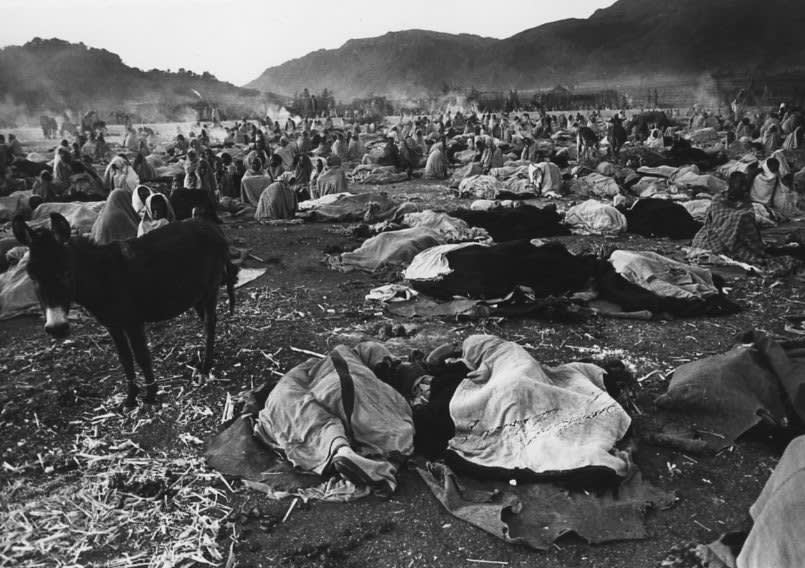

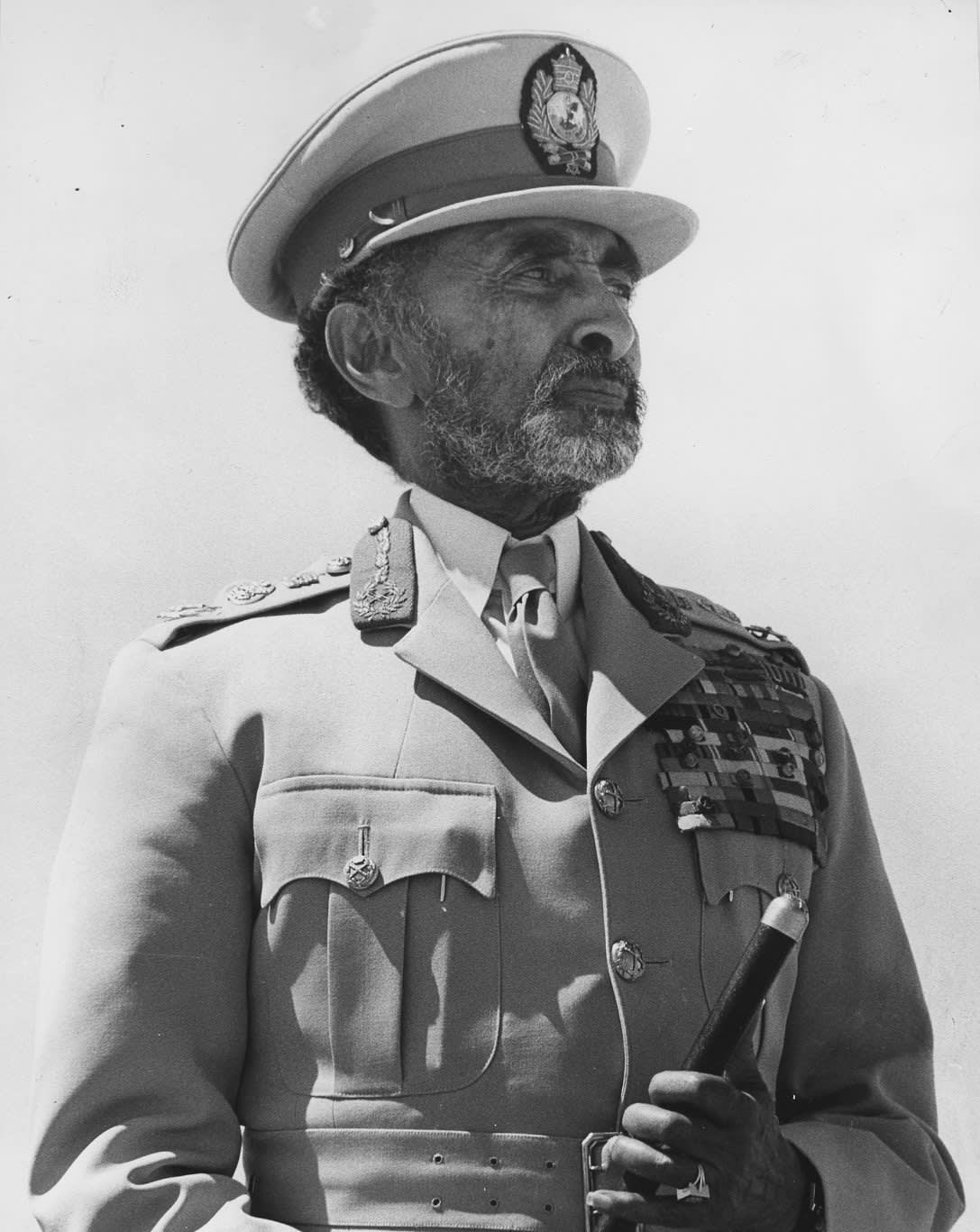




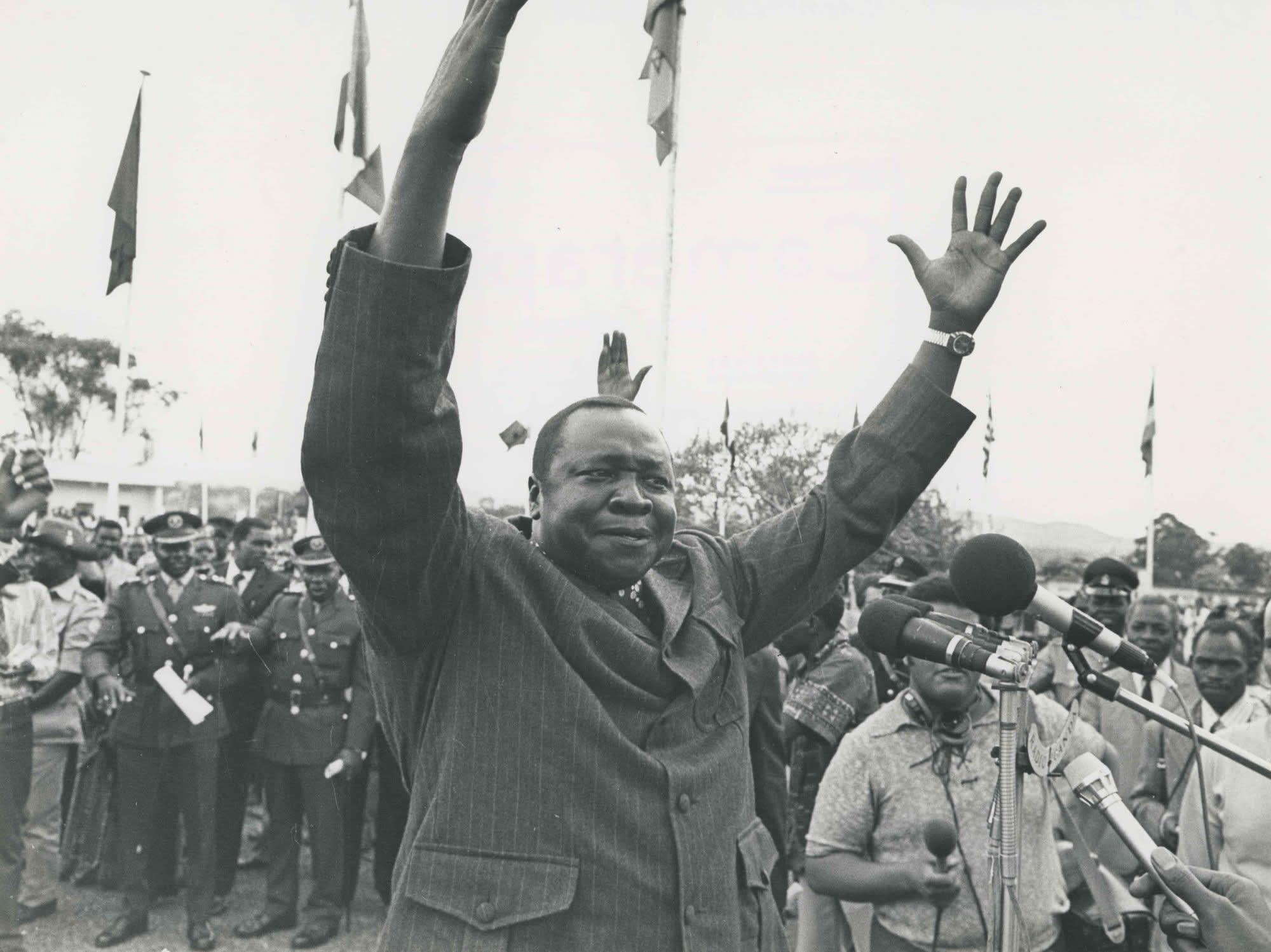
 President of Uganda, Idi Amin Dada during an Organization of. African Unity Summit in Kampala. 1975
President of Uganda, Idi Amin Dada during an Organization of. African Unity Summit in Kampala. 1975


